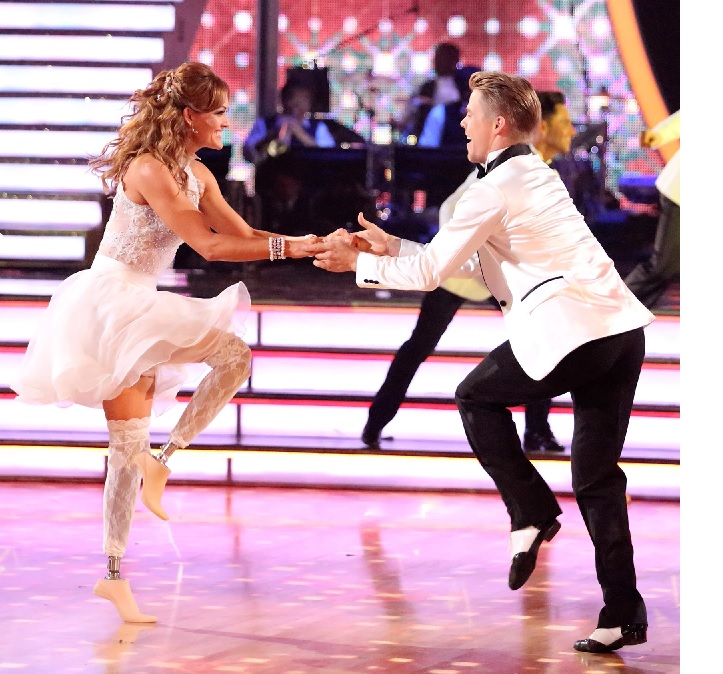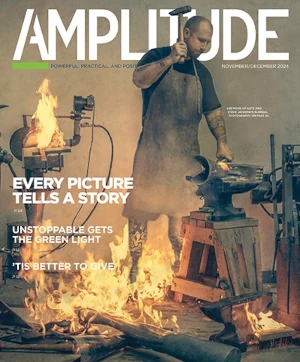
We hardly watch any reality TV, but we don’t really have to. Our digital news feeds push so many headlines about The Masked Singer, Shark Tank, Naked and Afraid, etc. that we have a general sense of what’s happening on every show.
That’s how we became aware that one of the contestants on the new season of BattleBots: Bounty Hunters (Discovery Channel) is a congenital amputee named Emmanuel Carrillo. His limb difference wasn’t a focus of attention in Episode 1, which aired last week, and we take that as a sign of progress. By now, so many amputees have appeared on these types of shows that it’s barely worth mentioning. The novelty has worn off.
While there’s never much actual reality in reality-based programming, the genre has nonetheless delivered a measure of truth about limb loss to millions of viewers who otherwise might remain clueless. Our exhaustive research (ie, 90 minutes in the Metacritic archives) turned up nearly two dozen amputee cast members on reality shows in the US and UK, with aggregate viewership in the hundreds of millions. Some of these performers had already made names for themselves before gaining fame via candid camera; others used their TV exposure to build personal followings, launch product lines, and established nonprofits to benefit people with limb difference or other disabilities.
We don’t have time to tell every one of these stories, so we’ve focused on six landmark performers—those who broke new ground, got lots of screen time, and did the most to normalize limb difference via the reality airwaves.
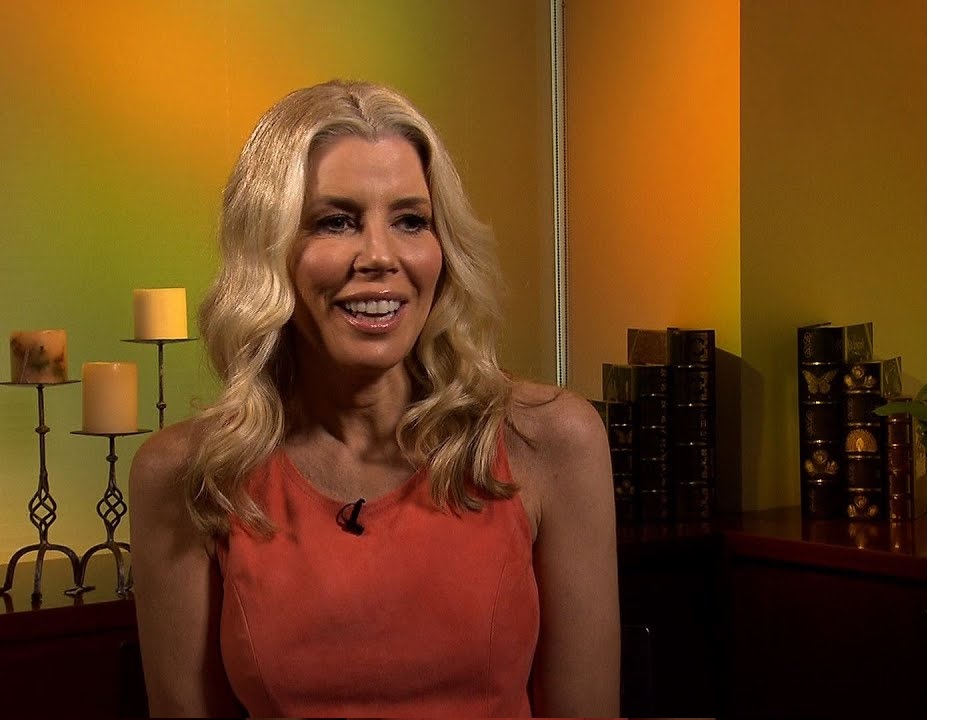
#6: Aviva Drescher, Real Housewives of New York (2012-13)
Drescher stands out as one of the few amputees to land a part on a purely narrative (as opposed to competitive) reality show. The cameras rarely dwelled on her limb difference (left below-knee) until the finale of her second and final season, when she erupted in a regrettable (and staged) prosthesis-throwing fury. A more dignified treatment of the subject came during a trip to a Manhattan boutique, when Drescher patiently explained the challenges of amputee shoe shopping to fellow RHONY Ramona Singer. It’s an amusing segment, but also straightforwardly informative about the limited choices that were available in that pre-Zappos Adaptive era. She’s on Insta @avivadrescher.

#5: Kelly Knox, Britain’s Missing Top Model (2008)
Years before adaptive fashion and runway diversity became hip, Knox showed what beauty in a limb-different body could look like. But even after taking first place in this BBC Three series and claiming the prize (a Marie Claire photo shoot), it took Knox forever to get regular work in the modeling world. She didn’t crack the catwalk at London Fashion Week until 2017, almost a decade after her Top Model appearance and long after other adaptive models had walked through the doors Knox forced open. She’s now represented by MiLK Model Management and has a high profile as one of the UK’s leading disability activists. Find Knox on Instagram @itskellyknox.
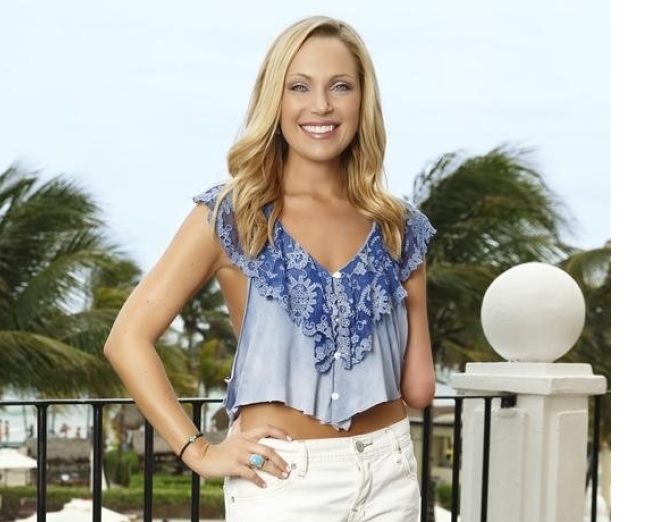
#4: Sarah Herron, The Bachelor (2013)
Surprisingly few amputees on reality TV fit Herron’s profile—a non-athlete on a major (ie, non-cable) network, just your average limb-different girl next door. Her lack of competitive armor played well, because it gave viewers a glimpse of the self-doubt that many amputees face when it comes to relationships. Yet Herron also showed has an amputee’s courage when, hand in hand with the show’s featured hunk, she jumped off a skyscraper and executed a 300-foot freefall. That stunt was a symbolic precursor to Herron’s subsequent leap into activism as the founder of SheLift, a nonprofit that helps women with disabilities find empowerment and self-love through outdoor adventure. She’s on Instagram @sarahherron.
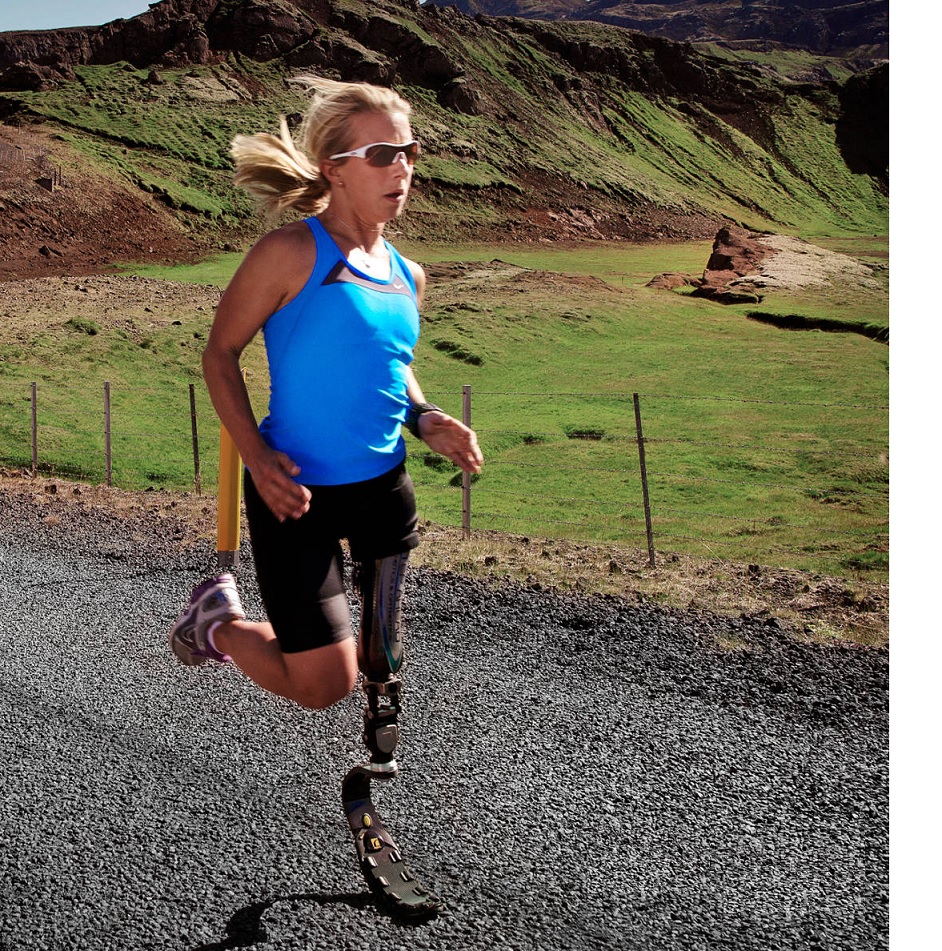
#3: Sarah Reinertsen, The Amazing Race (2006)
As far as we can tell, she was the first ex-Paralympian to score a reality-show gig, opening the door for many future adaptive athletes. Reinertsen came into the show as the reigning world champion in paratriathlon, and she and partner Peter Harsch (a certified prosthetist) were serious about kicking some butt. They claimed victory in two of the series’ first five episodes and finished second in another segment. But a wrong turn in Kuwait during Episode 6 threw them way off course; they straggled home last, hours behind the pack, leaving their title ambitions abruptly dashed and their romance in tatters. Reinertsen went back to winning triathlons and set a new record in the marathon for a woman with an above-knee amputation. Follow her on Instagram @alwaystri.

#2: Eddie McGee, Big Brother (2000)
Big Brother was the first reality series to air on a major US network (CBS), and its first season was a big enough deal that the final episode drew a larger audience than the Summer Olympics, which aired directly opposite on NBC. McGee’s persona on the show was defined not by limb difference but by bluntness and pugnacity. Those traits didn’t play well at first; he wound up in the elimination queue for three consecutive weeks and came within a whisker of ejection in Week 10. But McGee eventually won the audience over, and he ended up as the runaway favorite in the climactic episode, taking home the $500K prize. In the end, limb difference neither helped nor hindered his cause. He won mainly because he was honest, relatable, and relentless. Read more about McGee in Amplitude‘s March 2017 issue, or follow on Insta @eddieofny.
#1: Amy Purdy, Dancing With the Stars (2014)
Though it’s not well remembered, Purdy cut her reality-show teeth on The Amazing Race in 2012 but was eliminated after just one episode. She lasted much longer on DWTS two years later, reaching the finals and winning over judges and fans alike. Dancing is a whole-human activity, a physical expression of an emotional feeling, and Purdy’s performance on one of TV’s highest-rated shows opened millions of eyes. Most Americans had never seen a person with limb difference express sheer joy in her body. Dances like this one exhibited disability in a new way—not just as a challenge to be conquered, but as a dimension of humanity to be embodied and lived fully. Never mind that Purdy came in second place (by one lousy point!). In terms of raising awareness and influencing attitudes, her appearance on DWTS was a triumph for the ages. Follow her on Instagram @amypurdygirl; also check out her foundation, Adaptive Active Sports.


